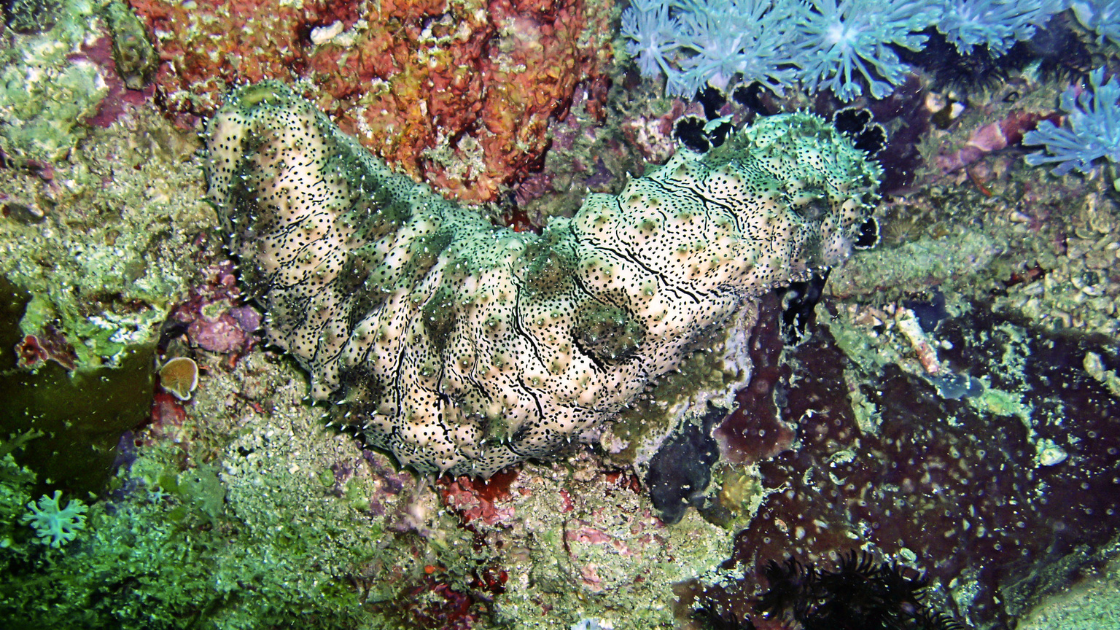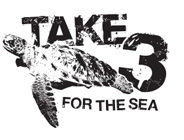Ocean depths rich in marine life targeted for ocean mining
The world beneath the ocean’s surface has always fascinated humanity with its mysteries and untold wonders. From ancient seafaring tales to modern-day scientific exploration, the deep sea has captivated our imaginations and piqued our curiosity. However, with the advent of industrialization and the rise of plastic production, the pristine beauty of the ocean has faced an unprecedented threat.
In the 1860s, a young printer from Albany, John Wesley Hyatt, began experimenting to find a material to replace ivory in billiard balls. Hyatt experimented with nitrocellulose, a material made by combining cotton or wood pulp with a mixture of nitric and sulfuric acids. He found that a certain type of nitrocellulose, when heated with camphor, yielded a shiny, tough material that could be moulded into practically any shape – “celluloid.”
Hyatt’s invention, often described as the world’s first commercially produced plastic, was followed by Bakelite a few decades later. Bakelite was followed by polyvinyl chloride, which was, in turn, followed by polyethylene, low-density polyethylene, polyester, polypropylene, Styrofoam, Plexiglas, Mylar, Teflon, polyethylene terephthalate (commonly known as PET)—the list of petrochemical plastics goes on and on. And on. Little did anyone realise the environmental catastrophe that plastics would unleash on the world less than a century later.
Fast forward to 2023, where multiple new studies have found that the Clarion-Clipperton Zone (CCZ), a vast area at the bottom of the Pacific Ocean targeted for destructive deep-sea mining, — the — is home to thousands of unknown and complex species. Researchers mapping marine animals’ distribution in the CCZ have discovered that their communities are more complex than previously believed.

Among the wonders of this dark, watery world include a shrimp with long, bristly legs, an enormous sea cucumber called the “gummy squirrel,” soft-bodied anemones, glass sponges and many types of molluscs, crustaceans and tiny worms. The CCZ’s unique biodiversity results from its size, age and the fact that it has remained undisturbed. According to the study, over 90% of the approximately 5,000 documented species in the CCZ are new to science.
Deep-sea mining disrupts the seabed, causing large plumes of sediment that wipe out habitats and smother delicate organisms. Nodules containing the sought-after minerals are also the homes of specialized marine animals. Each nodule likely took millions of years to develop and began as a shard from a fish ear bone or shark tooth that had settled on the ocean floor. Over time, minerals found in very low concentrations in the water naturally accumulate on these nodules, causing slow growth.
The CCZ is ancient and adds only one centimetre of sediment every thousand years. Because the environment has been undisturbed for approximately tens of millions of years, recovery from any deep-sea mining activity would take millennia.
‘Unlike the plastic pollution crisis, we need to go into any new industrial development such as deep-sea mining with our eyes wide open. Like plastics, the impacts of deep-sea mining are seriously devastating to these deep-water communities and long-lasting. More efficient recycling of electronic equipment would provide a better potential source of these rare, sought-after minerals and help effectively close the loop in terms of transitioning to a circular economy.’




